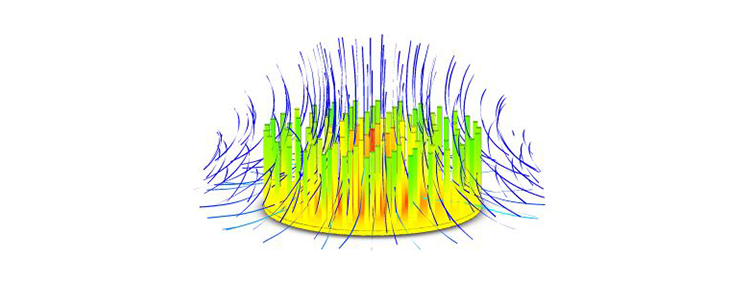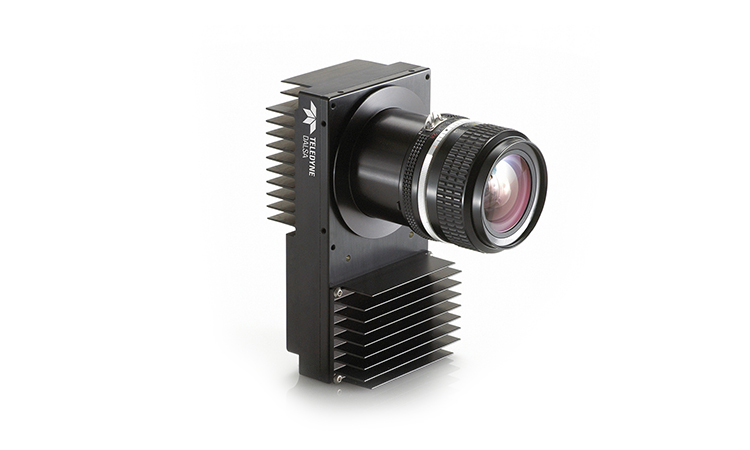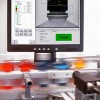Cameras Made Cool.
Heat Sinking Strategies for Machine Vision
Most machine vision cameras are not installed in an air-conditioned office. They are typically installed in hot, factory floor environments. Some factories have an ambient air temperature of over 110o F, even in winter. To combat these harsh temperatures camera companies design for increasingly high operating temperatures. But sometimes the environmental conditions can cause even a camera with a high operating temperature to overheat. In these cases there are heat sinking strategies that can be used to keep the camera cool and running smoothly.
Mounting
A good camera design will draw heat away from the core of the camera and out to the camera case. This can make the camera case hot to the touch, but that is a good thing. It means that, since the heat is on the external body of the camera, it can be drawn away by direct contact with the camera case. The first heat sinking strategy, therefore, is the mounting of the camera.

It is common for machine vision cameras to be mounted to metal beams – over the parts being inspected. These metal beams serve not only to secure the camera in a fixed location; they are also a heat sink. You may remember from your high-school physics class that heat transfer is actually the transfer of high kinetic energy particles (hot stuff) to lower kinetic energy particles (cold stuff), and that there are three methods of heat transfer: conduction, convection, and radiation. Transferring heat from the camera case to the metal beam to which it is attached is conduction. Conduction typically occurs between solid bodies, radiation is dependent on a surface’s area and finish. In order for the metal beam to cool the camera, two conditions must be satisfied: 1) the metal beam must be cooler than the case of the camera; and 2) the beam should be made of a material with a high thermal conductivity. This is a numerical value assigned to each material as a result of experimentation. Aluminum is good. Copper is better.

Finned Heat Sinks
You have probably all seen heat sinks mounted to cameras that are a series of fins, oriented perpendicular to the body of a camera, with spacing (channels) between the fins. This design is for two reasons: 1) The multiple fins increase the surface area of the heat sink; and 2) the spacing/channels between the fins allow air to move through the channels, thereby transferring heat from the camera to the surrounding air by way of our second method of heat transfer: convection.
When To Use Heat Sink Strategies
Heat sinks are not always required. If you are using the cameras in a relatively cool environment, that is usually the end of it. If you are using them in a hot environment, you need to decide if the cameras are going to overheat without some means of drawing the heat away from the case of the camera. Deciding when heat sinking is necessary, what strategies to use and how much, is part of the engineering design and assessment of the vision system, just like choosing a camera based on its resolution and frame rate that will be required. By taking heat sinking into account as part of the vision system design, rather than an afterthought, you are more likely to head-off temperature problems before they occur. And when there are problems, cooler heads always prevail.



 Vision Systems – What you need to know
Vision Systems – What you need to know  A Perfect Vision of Food Production
A Perfect Vision of Food Production 